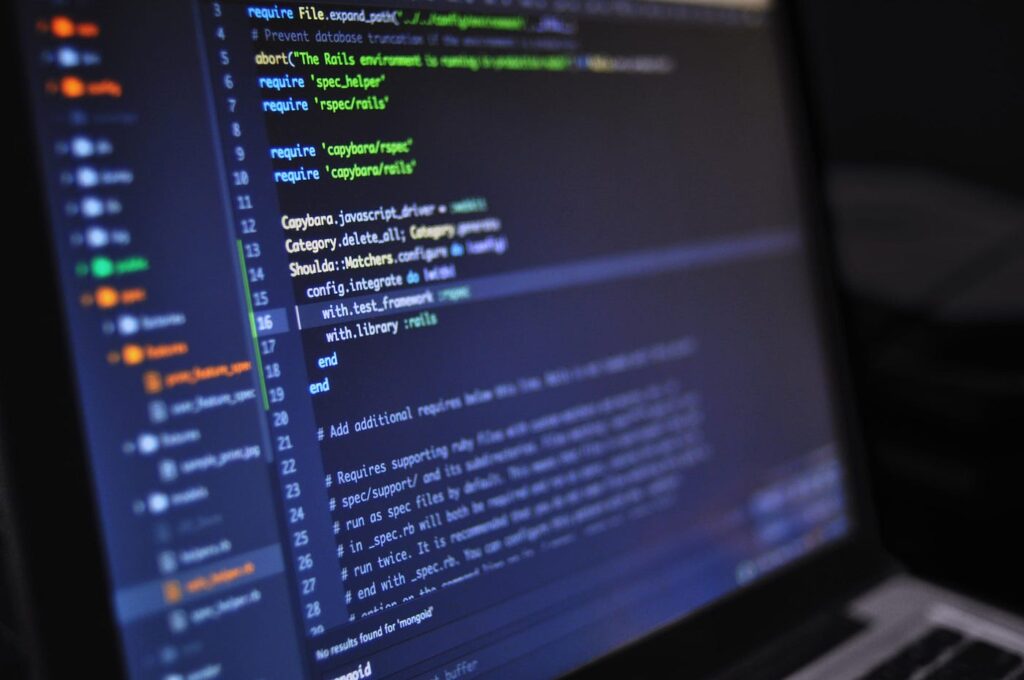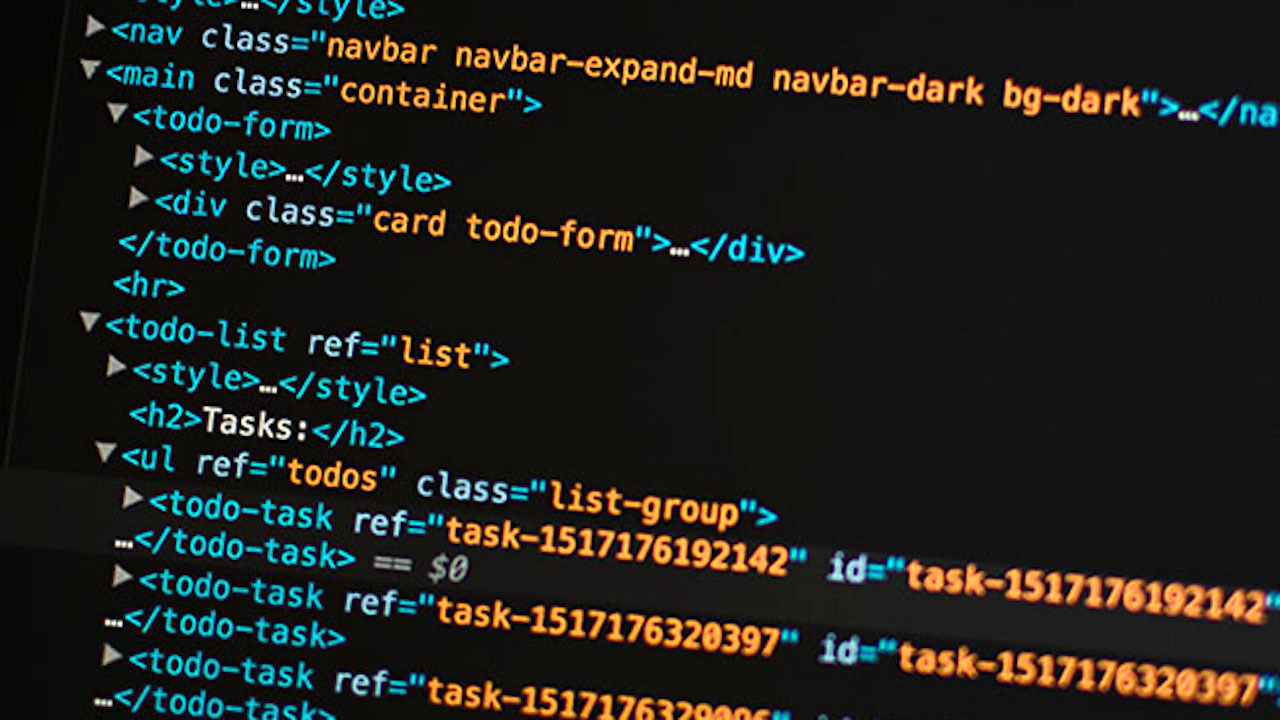Python an Expansive Great Manual. Python, with its ease and adaptability, has become one of the most notable programming tongues on earth. Whether you’re a beginner moving into the universe of coding or a refined designer expecting to work on your scope of capacities, overwhelming Python can open up a lot of possibilities. In this total associate, we’ll research the key thoughts, devices, and best practices that will help you with raising your Python programming capacity. Python an Expansive Great Manual .
The Python Advantage
Python’s predominance isn’t without reason. It displays an immaculate and comprehensible phonetic design, making it an ideal language for the two youngsters and arranged engineers. Its adaptability is clear in its applications across various regions, including web improvement, data science, computer based intelligence, man-made cognizance, to say the very least. Understanding the unique characteristics of Python is vital for furnishing its most extreme limit. Python an Expansive Great Manual.
1. Intelligible and Rich Sentence structure
Python’s sentence structure is expected honestly and reduced, seeming to be plain English. This clearness decreases the cost of program support as well as makes it more direct for designers to collaborate on projects. Space, which is necessary in Python, maintains an unblemished and unsurprising coding style.
“python”
Delineation of Python’s perfect accentuation
def. greet(name)
print (hello, {name}!”)
greet (“Python Architect”)
”’
2. Expansive Standard Library
Python comes bundled with a colossal standard library that gives modules and groups to numerous tasks. This wipes out the need to create code without any planning for ordinary functionalities, saving time and effort. Whether you’re working with record I/O, frameworks organization, or data control, chances are there’s a module in the standard library that can enhance your endeavor.
3. Cross-Stage Similitude
Python is a cross-stage language, importance code written in Python can run on various working systems without change. This flexibility is an immense advantage, especially in projects that need to run on different stages.
4. Neighborhood Climate
The Python social class is dynamic and solid, with an overflow of resources available on the web. From conversations like Stack Flood to exhaustive documentation, moving help is just a chase away. Likewise, Python’s pack the board system, pip, simplifies it to present and proper untouchable libraries, expanding the language’s abilities.
Getting everything going: Setting Up Your Python Environment
Before hopping into Python composing PC programs, it is crucial to set up your improvement climate. Python maintains various interpretations, and you can pick the one that suits your necessities. The going with advances will guide you through the technique engaged with setting up Python on your machine:
1. Present Python
Visit the power Python website (https://www.python.org/) and download the latest type of Python. The site gives installers to various working structures, making the foundation cycle direct.
2. Pick a Substance device or IDE
Python code can be written in any happy device, yet using a Planned Improvement Environment (IDE) updates the progression experience. Renowned Python IDEs integrate PyCharm, VSCode, and Jupyter Scratch pads. These instruments give features like code satisfaction, exploring, and task the leaders, streamlining your work interaction.
3. Virtual Circumstances
Virtual circumstances are dire for supervising conditions and ensuring project separation. Use the going with orders in your terminal or request brief to lay out a virtual environment:
“hammer”
Lay out a virtual environment
python – m vend mien
Start the virtual environment
On Windows
mien\Scripts\activate
On macros/Linux
source mien/holder/sanction
”’
4. Present Essential Packs
At the point when your virtual environment is instituted, use pip to present crucial packs. For example, you ought to present Numbly for numerical figuring or Flask for web headway:
”’hammer
pip present jumpy
pip present container
”’
Overwhelming the Basics: Center Thoughts in Python
1. Variables and Data Types
In Python, factors are continuously formed, meaning you don’t need to broadcast their sort unequivocally. Typical data types consolidate entire numbers, floats, strings, records, tuples, and word references. Understanding these data types and how to control them is head to Python programming.
“python”
Representation of elements and data types
age = 25
level = 5.9
name = “John Doe”
grades = [90, 85, 88, 92]
individual = {“name”: “John”, “age”: 25}
”’
2. Control Stream Declarations
Python maintains ordinary control stream declarations, for instance, if-else conditions and circles (for and remembering that). These statements engage you to control the movement of your program and execute unequivocal blocks of code considering conditions.
“python”
Delineation of control stream enunciations
if age >= 18:

print (“You are an adult.”)
else:
print (“You are a minor.”)
for grade in grades:
print (four grade is {grade}”)
while level < 6.0:
print (“You are at this point creating!”)
level += 0.1
”’
3. Abilities
Capacities are a strategy for epitomizing reusable pieces of code. They further develop code significance and reasonableness. In Python, capacities are described using the ‘def.’ expression.
“python”
# Delineation of a capacity
def. add numbers (a, b):
return a + b
result = add numbers (3, 5)
print(result) # Result: 8
”’
4. Extraordinary case Managing
Python gives a generous instrument to dealing with extraordinary cases, ensuring that your program can deftly recover from goofs.
“python”
# Representation of extraordinary case dealing with
endeavor:
result = 10/0
except for ZeroDivisionError:
print (“Cannot segment by nothing!”)
”’
Significant level Python Thoughts
1. Object-Arranged Programming (OOP)
Python is an article organized programming language, and understanding OOP guidelines is earnest for building adaptable and suitable code. Key thoughts consolidate classes, objects, heritage, embodiment, and polymorphism.
”’python
# Representation of a fundamental class
class Canine:
def. __unit__ (self, name, age):
self.name = name
self. Age = age

